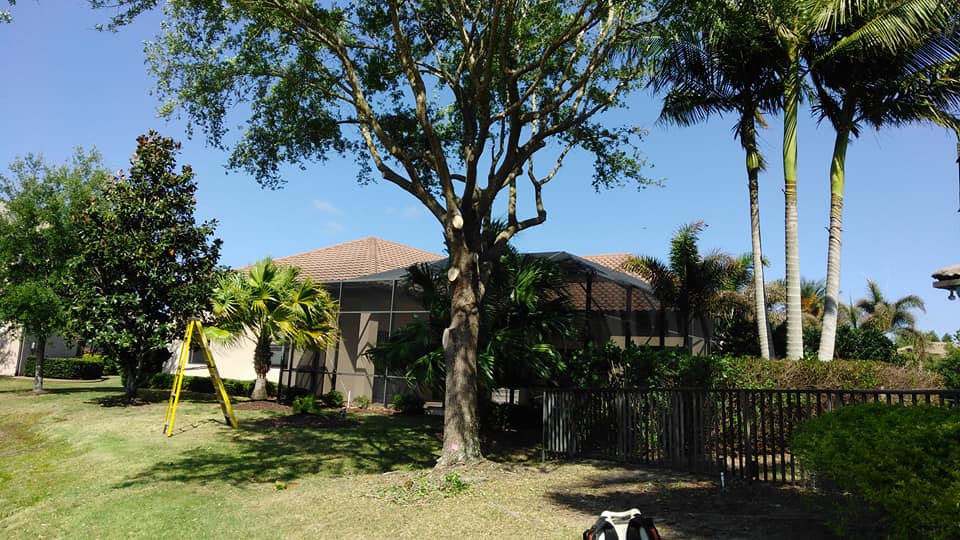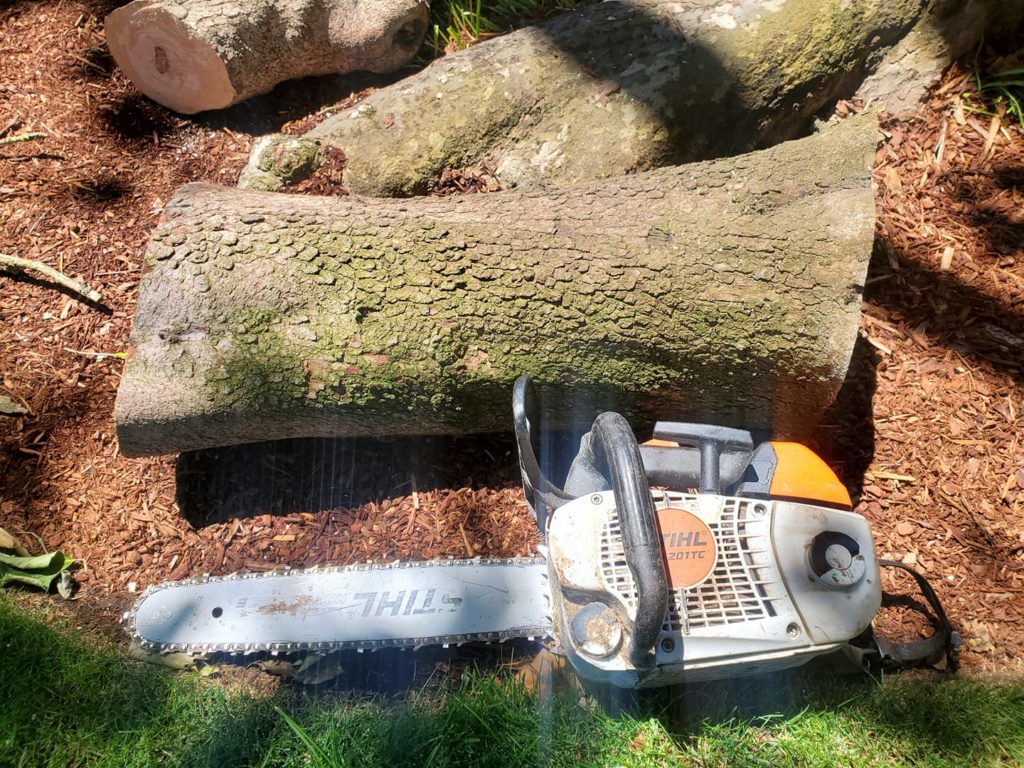This extract has been taken from “Totally Bonsai A guide to growing, shaping, and caring for miniature trees and shrubs” by “Craig Coussins”. Basic Bonsai Care measures are discussed in this article and for more information please contact “Tree Trimming Stockton CA“.
Let’s look at the basic care regime for beautiful bonsai before we move on – here is a three- point checklist that looks at indoor and outdoor specimens. Care as a whole will be looked again in more detail in the following chapter.
1. Position
Deciduous indoor trees- leafed trees that lose their leaves in the winter until spring- should be kept in a cool room. Check the soil and keep it slightly damp, which may mean watering once a week in most cases. Just keep checking the soil and watch for dryness. Also, watch for tiny buds developing on the twigs, since that indicates that the tree is ready to burst back into life. In some cases, I have seen a bonsai lose all its leaves over the course of a week, then sit for a week, and then start to grow again. Species that come under this heading include elm and zelkova.

- Do not keep them in a perpetually shaded or sunny area, and make sure that you have easy access to watering.
- Do not keep in an elevated position where a bonsai can be lifted by wind.
- Be sensible about displaying your bonsai in a position that can be seen by other people outside your garden. They could just get stolen.
2. Feeding
Feed once a week through the growing season, that is spring through fall. Feed at half strength with a normal houseplant food such as Miracle Grow or Baby Bio. Increase to full strength in the late spring and reduce in midsummer to half again, and then use a low- nitrogen plant food, such as tomato fertilizer, in the late summer to mid- fall.
Do not food unless the tree is actually growing. Indoor trees will slow their growth in winter if you allow the tree to become a little cool. If the bonsai is kept at a regular temperature all year round, it will continue to grow. It is still better to reduce feeding to give the roots a rest over winter. Spray with a little liquid fertilizer each week, too. This is called foliar feeding.
3. Pruning and shaping
All that food will cause the tree to grow and become very healthy, and it will become bushier. You will now need to keep the tree in shape by trimming and pruning. It is really easy. Get a sharp pair or bonsai scissors designed not to tear the twigs. Hairdressing scissors can be used, because they, like bonsai scissors or shears, do not have a flat edge on one side, but two sharp edges.

On most shapes you simply cut back to the first set of new leaves at the top of the tree, then the second set around the middle of the tree, and the third set of leaves at the bottom what I mean about set of leaves is that you count the leaves back from where they start to grow to the tip and count up one, two or three sets of leaves- or pairs of leaves – and cut off the rest.
Continue reading on California Deserts
